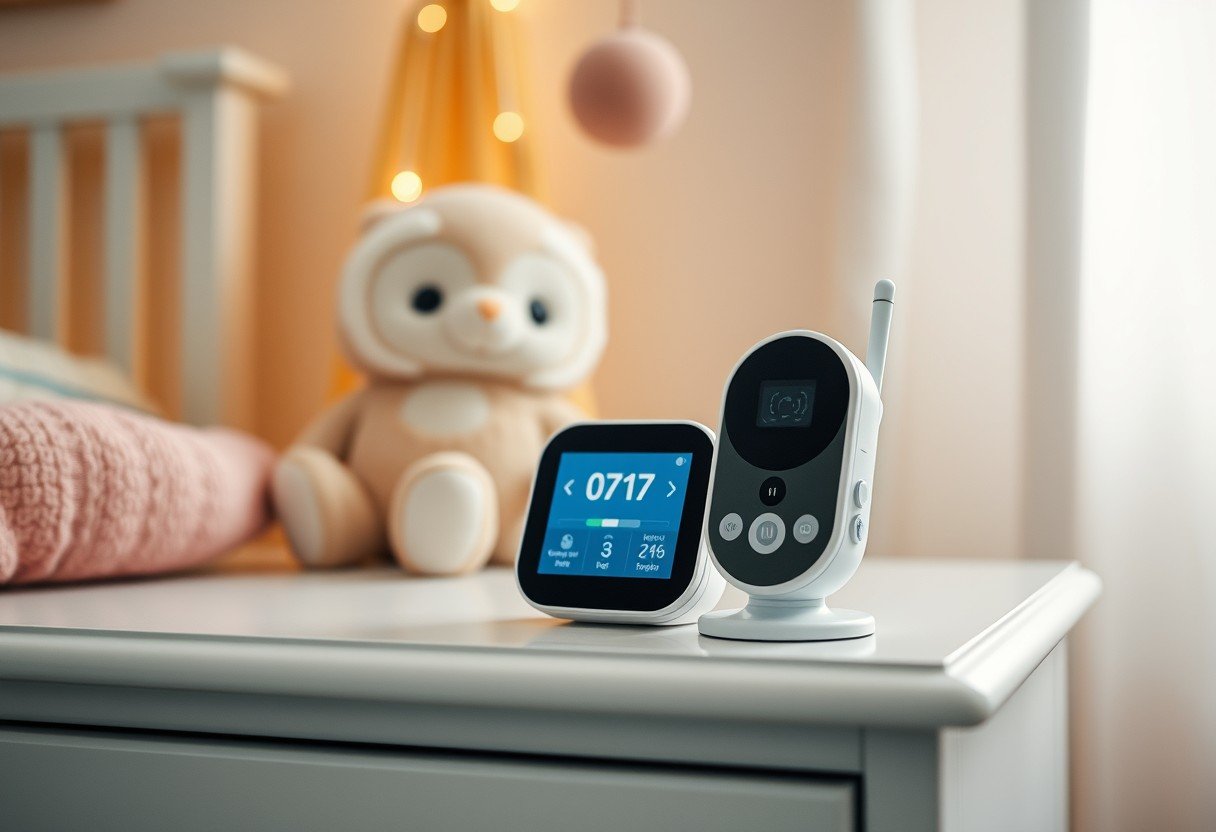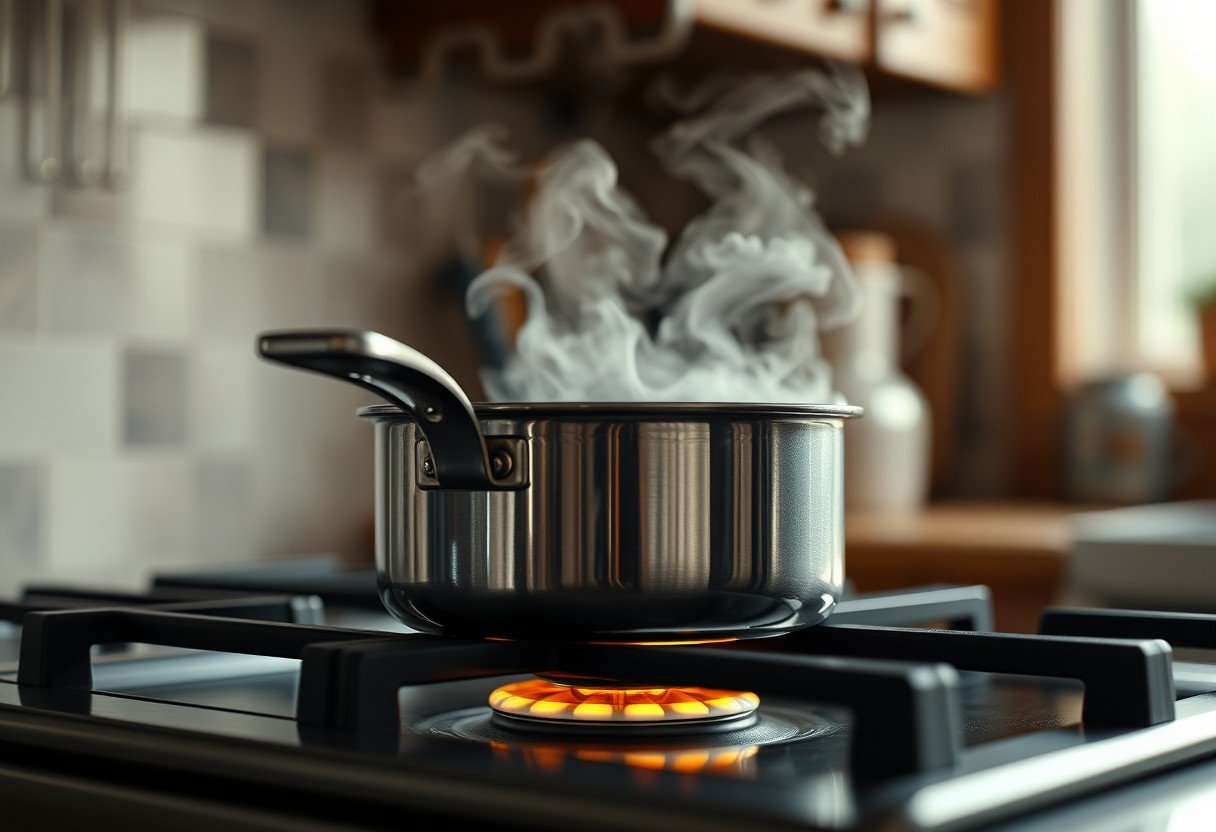Omelets are a fantastic meal, but their main ingredient, eggs, requires careful handling to prevent foodborne illnesses like Salmonella. Knowing how to properly buy, store, handle, and cook eggs is the key to a safe and delicious meal. This guide explains everything you need to know, from checking for freshness at the store to storing leftovers correctly, ensuring your omelet-making journey is both tasty and healthy for you and your family.
How to Choose and Store Eggs for Maximum Freshness
The path to a safe omelet begins at the grocery store. Always check the sell-by or expiration date on the carton before you buy. Open the carton and inspect the eggs to make sure none are cracked, leaky, or dirty. An intact shell is the egg’s first line of defense against bacteria.
Once you get them home, proper storage is crucial. Store your eggs in their original carton in the coldest part of your refrigerator, not on the door. The temperature in the door fluctuates every time you open it, which is not ideal for keeping eggs fresh. The ideal temperature for storing eggs is between 33°F and 40°F.
If you’re unsure about an egg’s freshness, you can perform a simple float test. Place the egg in a bowl of water. A very fresh egg will sink to the bottom and lie on its side. An older egg will stand up on one end or float, indicating it’s best to discard it.
Key Practices for Handling Eggs Safely in Your Kitchen
Before you even crack an egg, wash your hands thoroughly with soap and warm water. This simple step is one of the most effective ways to prevent the spread of bacteria in your kitchen.
Avoiding cross-contamination is essential when working with raw eggs. Raw egg can harbor Salmonella, so you must keep it separate from other foods, especially those that will be eaten raw, like salad greens.
- Use separate cutting boards, plates, and utensils for raw eggs and other ingredients.
- Immediately wash any surface, including your countertops and sink, that comes into contact with raw egg.
- Never place cooked food back on a plate that held raw eggs.
You might wonder if you should wash eggs before using them. It’s best not to. Commercial eggs in many countries are washed and sanitized before they are sold. This process can remove the egg’s natural protective coating, called the cuticle. Washing them again at home can potentially push bacteria from the shell’s surface into the egg through its pores.
Cooking Omelets to the Perfect, Safe Temperature
Properly cooking your omelet is your final and most important defense against foodborne illness. Cooking eggs until they are firm kills any harmful bacteria that might be present.
For omelets, scrambles, and fried eggs, the safe internal temperature is 160°F (71°C). At this temperature, both the egg white and the yolk should be firm, with no visible liquid remaining. While some people enjoy a runny yolk, it does carry a higher risk of illness. If you are cooking for children, older adults, pregnant women, or anyone with a weakened immune system, it is especially important to cook eggs thoroughly.
| Type of Egg Preparation | Safe Cooking Temperature (°F) |
|---|---|
| Omelets | 160°F |
| Scrambled Eggs | 160°F |
| Fried Eggs | 160°F (yolk and white are firm) |
| Poached Eggs | 160°F |
Understanding Different Egg Types and Their Safety Risks
The type of egg you choose for your omelet can also have different safety considerations. While chicken eggs are the most common, it’s helpful to know how to handle others if you decide to be adventurous with your cooking.
Each type of egg has unique characteristics, but the fundamental safety rules of proper storage, handling, and thorough cooking apply to all of them. Pasteurized eggs, which have been gently heated to kill bacteria, are an excellent choice if a recipe calls for raw or undercooked eggs.
| Type of Egg | Safety Considerations |
|---|---|
| Chicken Eggs | Check for cracks; refrigerate immediately. |
| Duck Eggs | Higher risk of Salmonella; cook thoroughly. |
| Quail Eggs | Smaller, but treat them like chicken eggs. |
| Organic Eggs | Better hen conditions, but still need standard precautions. |
| Pasteurized Eggs | Safer for dishes that use raw eggs; use as needed. |
Debunking Common Myths about Egg Safety
There’s a lot of conflicting information about eggs, which can cause confusion. One common myth is that brown eggs are healthier or safer than white eggs. In reality, the color of the eggshell is determined by the breed of the hen and has no impact on the egg’s nutritional value or safety.
Another area of confusion is refrigeration. In some parts of the world, eggs are sold unrefrigerated. However, in the United States and other countries where eggs are washed commercially, refrigeration is mandatory. Always keep your eggs in the refrigerator to slow bacterial growth and maintain freshness.
While Salmonella is a valid concern, the risk from commercially produced eggs is quite low. Strict quality control and safety procedures have made eggs much safer over the years. By following proper handling and cooking guidelines, you can significantly reduce your risk of illness and enjoy your omelets without worry.
Serving and Storing Leftover Omelets the Right Way
For the best taste and texture, you should serve your omelet immediately after cooking. This also minimizes the time it spends in the temperature “danger zone” (between 40°F and 140°F), where bacteria can multiply rapidly.
If you have leftovers, you can store them safely to enjoy later. Proper storage is key to preventing illness from cooked food.
- Let the omelet cool down, but don’t leave it at room temperature for more than two hours.
- Place the leftovers in an airtight container.
- Store the container in the refrigerator and consume it within three to four days.
When you’re ready to eat your leftover omelet, be sure to reheat it properly. Your omelet should be reheated to an internal temperature of 165°F to ensure it’s safe to eat. This temperature is sufficient to kill off any bacteria that may have developed during storage.
Frequently Asked Questions about Omelet and Egg Safety
What is the safest way to store eggs?
Store eggs in their original carton on a shelf inside your refrigerator, not in the door. The ideal temperature is below 40°F (4°C) to keep them fresh and inhibit bacterial growth.
Can I eat an omelet with a runny yolk?
Consuming a runny yolk increases the risk of foodborne illness because it may not have reached the safe temperature of 160°F needed to kill bacteria. For maximum safety, especially for vulnerable groups, cook yolks until they are firm.
Should I wash my eggs before cracking them?
No, you should not wash commercially sold eggs. They have already been cleaned, and washing them can remove their natural protective layer, potentially allowing bacteria to enter through the shell’s pores.
How long can I safely keep a leftover omelet in the fridge?
Leftover omelets can be safely stored in an airtight container in the refrigerator for three to four days. Always reheat them to 165°F before eating.
What’s the best way to tell if an egg is still fresh?
Besides checking the expiration date, you can use the float test. Place the egg in a bowl of water; if it sinks and lies flat, it’s very fresh. If it floats, it is old and should be discarded.







Leave a Comment